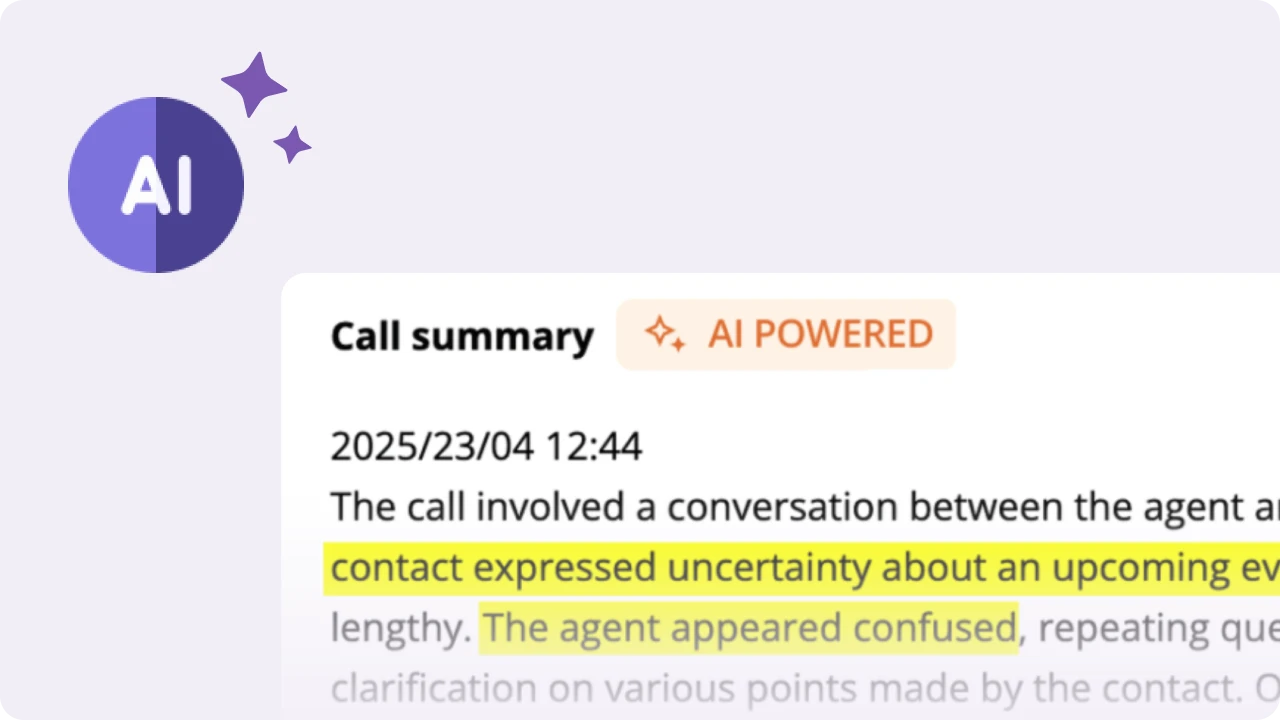Why your supporter narrative matters
There comes a time when the average person breaks through the monotony of their lives to find a higher purpose—something meaningful on a personal level. They take up new responsibilities, accepting the suffering that comes with them. And then they cease to be average.
It sounds like an enticing proposition. People are drawn to the feeling that they can be part of something that is larger than themselves. But these things rarely happen spontaneously.
The question is whether you can provide the impetus for that feeling. After all, it would be a mistake to assume that people wouldn’t jump at the chance to embark on a heroic journey of their own, if only they knew it was possible.
Your role in a hero’s story
Making supporters out to be heroes is a concept that is intuitive for most people-powered campaigns. (That is not to say that you can’t inspire people through narratives as a business). Take the efforts of a donor driven organization that uses storytelling to inspire people to donate.
Of course, a single donation isn’t going to make a hero. But it can seemingly influence the direction of their lives narrative. Which is why It is best to think of yourself as someone who advances a hero’s story rather than someone who creates it.
How can you do that?
Let’s expand through the lens of the first two stages of John Campbell’s Monomyth (or Hero’s Journey)—The call to action and the refusal of the call.
Act 1: Embodying the call to action
Your objective here is to offer a grand narrative, with an emphasis on them and their purpose. Putting the sword in the stone and disappearing behind the curtains, so to speak.
A fundraising campaign might do this by:
- Reaching out to people who are predisposed to making a gift.
- Emphasizing the heroic and sacrificial nature of the gift.
- Sharing the stories of others who have made the gift (with heroic framing).
Act 2: Anticipating refusals to the call
Three things that can happen as a result of a fundraiser putting forth a call to action to an audience:
- They make the decision to give.
- They make the decision to refuse.
- They avoid the decision altogether (which in its own way is a refusal).
The factors that lead to refusal can be internal or external. Unless you really know who you are talking to, it might be obvious that when presented with a choice, many will choose to go with option three in fear of confrontation.
You might try to avoid that by eliminating, or greatly reducing the probability of someone taking the 2nd or 3rd path. For example, by conveying a sense of urgency in your narrative (They need to take action now). This has a chance of backfiring.
A gentler path would be to start conversationally (“Can you help?”) and then provide multiple alternatives to take action once they reply, making it less likely for someone to refuse, or avoid a decision in good conscience. I.e. a ladder of engagement.
There are so many more avenues to explore on why storytelling is valuable, but let’s leave it at that for now.
See you next time,
Mukundan


